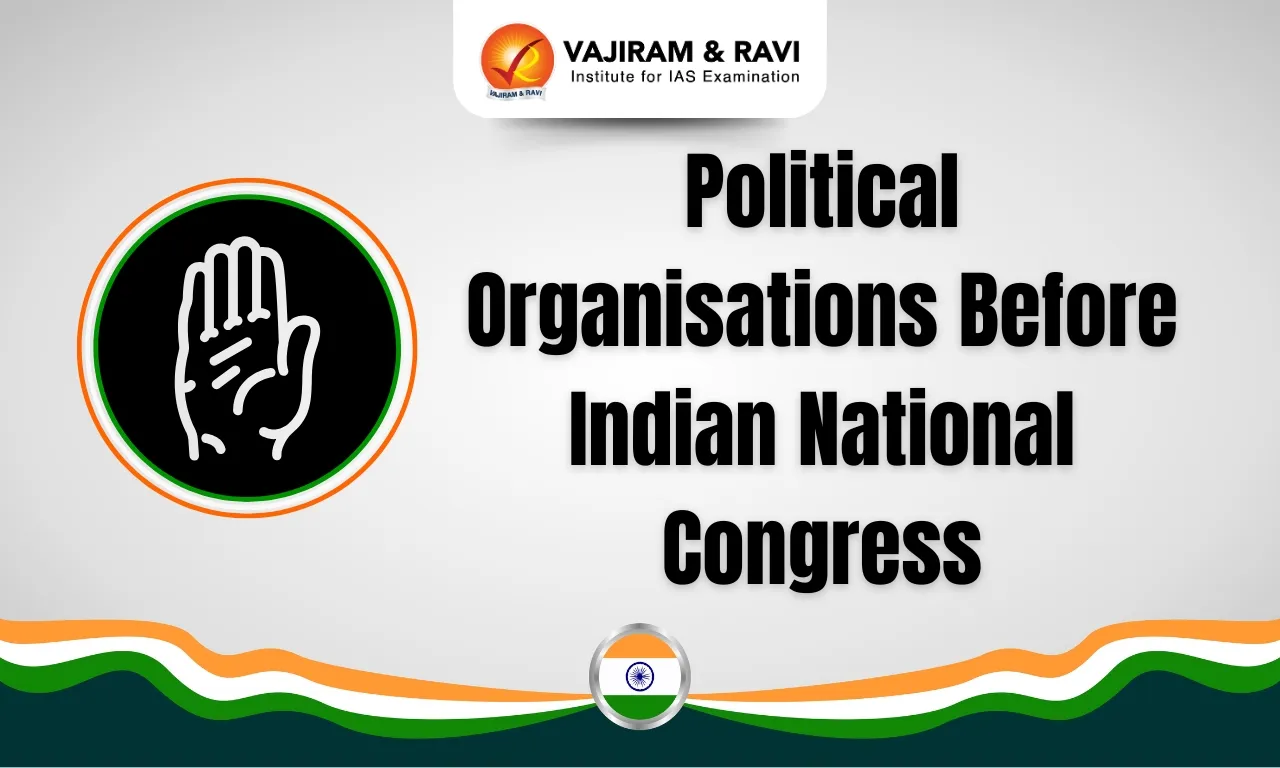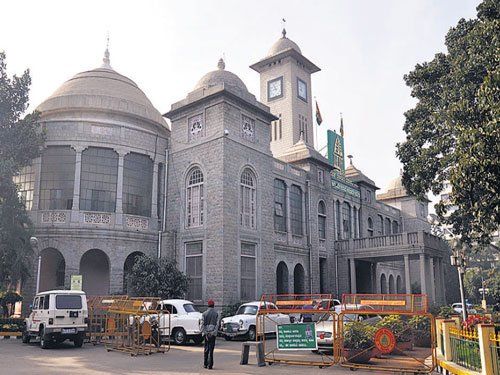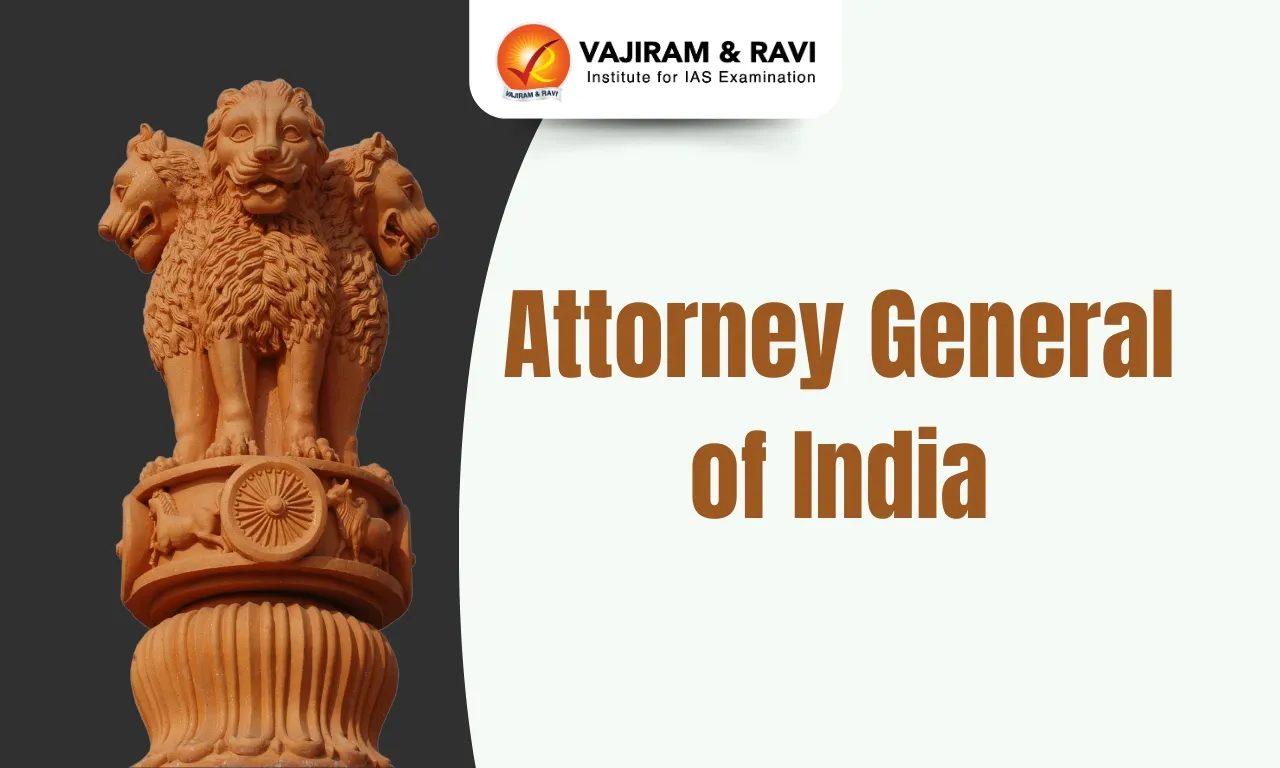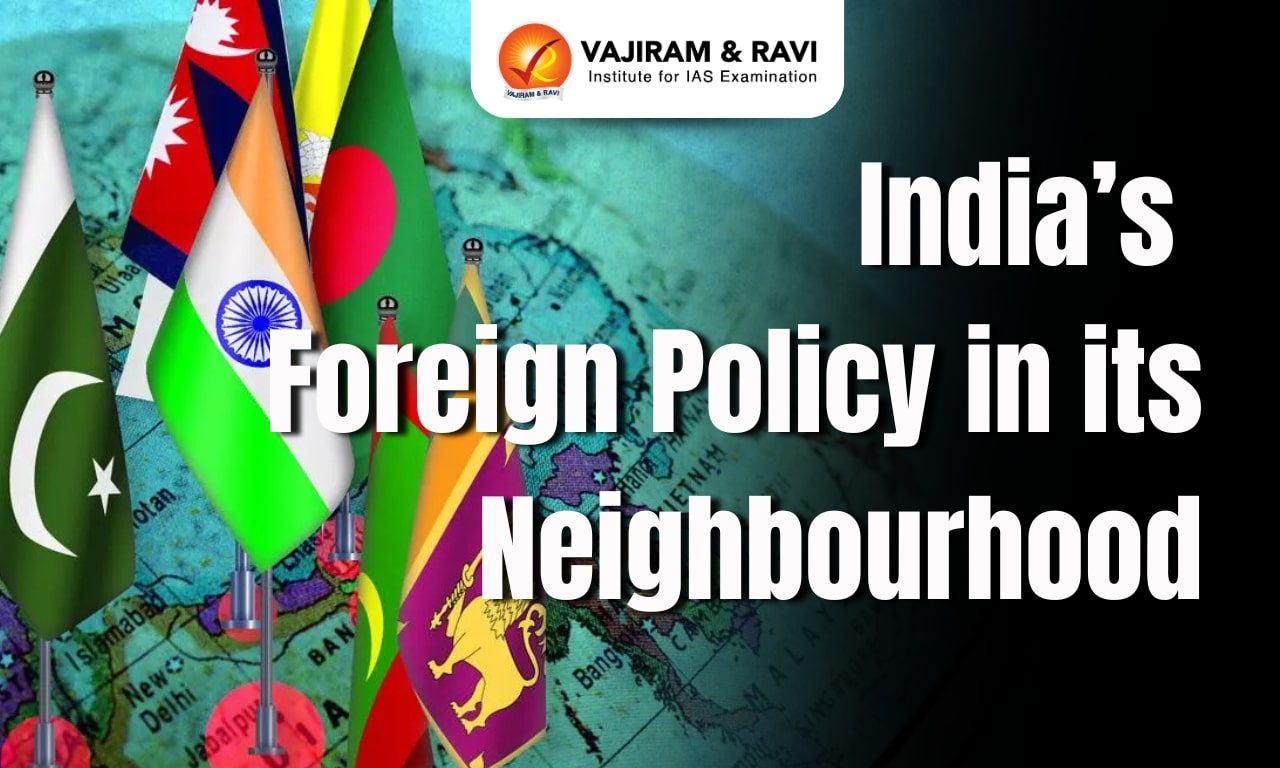Political Organisations Before Indian National Congress: As the British expanded their control over India, a gloomy sense of resentment grew among the people. However, unlike the peasants, tribals, and workers who protested through uprisings and revolts, the middle class took a different approach. They began writing books, articles, and newspapers in order to critically analyse British policies and raise public awareness, and their second method was to form organizations, associations, and societies for joint programs and activities. Their main goal was to use petitions and resolutions to protest British policies. They attempted to awaken the masses through public meetings and statements.
Bengal, Bombay, and Madras presidencies were the three centres of British rule in India and hence were also the centres of education, growth of middle-class intelligentsia and political activities. Therefore, it was natural to have early political organizations in these centres.
Political organisations in Bengal
Bengal was the pioneer in political awakening and activities against colonial rule in India. The rise of intellectual class, socio-religious movements, and Calcutta being the capital city paved the way for the establishment of early organizations. For example, the establishment of the landholders' society in 1837 is regarded as the beginning of organised political activity in India. Following are the examples of a few such organizations in Bengal.
| Organization | Description |
| Landholders’ Society |
- Year: 1837 - Founder: Dwarkanath Tagore - Place: Kolkata - Other members: Radhakant Deb, Prasanna Kumar Tagore, Rajkamal Sen and Bhabani Charan Mitra - Objectives: It was an association of landholders of Bengal, Bihar and Orissa, and its principal objective was to guard its class interests. - Membership: Also extended to non-official Britishers engaged in trade and commerce in Bengal. - It was the first to adopt the path of constitutional demonstration for the fulfilment of its objectives. - Spread: It failed to take root in areas outside the Bengal Presidency, where the Permanent Settlement was not in vogue. - Suppression: It became inactive around 1842, although it maintained a precarious existence till 1850. The Bengal British India Society took its place. |
| Bengal British India Society |
- Founded in 1843 - Place: Calcutta - Aims/objectives: To promote good citizenship qualities in the Indian people, raise public awareness about the state of governance, and work toward their realisation through peaceful and legal means consistent with loyalty to the person and government of the reigning sovereign in England. |
| British Indian Association |
- Founded in October 1851 - Place: Calcutta - Its President and Secretary are Raja Radhakant Deb and Debendranath Tagore, respectively. - Other members of the Association: Ramgopal Ghosh, Peary Chand Mitra and Krishnadas Pal. - Its membership was kept exclusive to Indians. - Objective: To secure improvements in the local administration of the country and in the system of government laid down by Parliament. |
| Bengal Association |
- Founded in 1852 - Place: Calcutta - Aims/objectives:It petitioned the British Parliament to form an Indian legislative council entirely composed of Indians only. - It also condemned the policy of excluding Indians from all higher-level positions, as well as the lavish spending on European postings. |
| National Indian Association (NIA) |
- Founded in 1870 - Founder: Mary Carpenter in Bristol, with the assistance of Keshub Chunder Sen. - The organization's full name was originally ‘National Indian Association in Aid of Social Progress in India’. - The initial goal of this organizationwas to promote female education in India.
- As the number of Indians in Britain grew, it became more important to facilitate social interaction between Indian visitors and British residents. |
| Indian League |
- Founded in 1875 - Founded by Sisir Kumar Ghose. - Aims: The League aspired to represent not only the middle class but the masses as well and to stimulate a sense of nationalism among the people. |
| Indian National Association |
- Founded in 1876 - Founder: Surendranath Banerjee and Ananda Mohan Bose. - Background: In 1875, Sisir Kumar Ghosh and Sambhu Charan Mukherjee founded 'The India League to represent the middle class and foster a sense of nationalism among the people. - The Indian National Association was founded as the Bharat Sabha, and its first annual conference was held in Calcutta. In 1886, this organization merged with the Indian National Congress. - Its main objectives were:
- It opposed the removal of the age limit for Indian Civil Service candidates in 1877. - The organization advocated for concurrent civil service examinations in both England and India, as well as the Indianization of higher administrative positions. - The Indian National Association spearheaded an effort to repeal the repressive Arms Act and the Vernacular Press Act. |
Political organisations in Maharashtra
The indulgence of the educated middle class of Maharashtra in political activities gave rise to a number of political organizations in Maharashtra as well as outside India. Some of those organizations are being mentioned here.
| Organization | Description |
| London Indian Society |
- Founded in 1865 - Place: London - Founded under the guidance of Dadabhai Naoroji. - Of the founding group of students included W. C. Bannerjea, Manmohan Ghose, Pherozeshah Mehta and Badruddin Tyabji.by Dadabhai - It was founded by Indian students as a forum for airing political grievances. - Honorary membership was allowed for Europeans, but they could not vote or hold office. - The London Indian Society was taken over by the East India Association in 1866, though it continued to exist in some form for a few more years. |
| East India Association |
- Year: 1866 - Founded by Dadabhai Naoroji in collaboration with Indians and retired British officials. - Place: London - First President: Lord Lyveden - It superseded the London Indian Society. - It was a platform for discussing matters and ideas about India and to provide representation for Indians to the Government. - From its inception, the East India Association published a journal (Journal of the East India Association). - Udham Singh assassinated the former Governor of Punjab at the time of the Amritsar Massacre in March 1940, following a lecture delivered by Michael O'Dwyer at Caxton Hall. - Merger: In 1949, the East India Association merged with the National Indian Association to form the Britain, India, and Pakistan Association.
|
| Poona Sarvajanik Sabha |
- Founded in April 1870. - Place: Pune, Maharashtra - Founders: It resulted from the labour of many great men like G.V. Joshi, S.H. Sathe, S.H. Chiplonkar and Mahadev Govind Ranade (Joined in 1871). - Aims/objectives: The Sabha was created to act as an intermediary between the government and the Indians. - In 1872, the Sabha established a sub-committee to investigate the state's peasant and agricultural conditions and protect them from exploitation. - In 1876, the Sabha organised famine relief in the Deccan region. - It set up arbitration courts (nyayn sabhas) for the private settlement of civil disputes in order to save people from the high costs of litigation. - In 1875, the Sabha petitioned the House of Commons for Indian representation in the British Parliament. |
| Bombay Presidency Association |
- Founded in 1885 - Founded by Pherozshah Mehta, K.T Telang, and Badruddin Tyabji. - It was founded in response to Lytton's reactionary policies and the Ilbert Bill controversy. - The association has always had cordial relations with the Poona Sarvajanik Sabha. - In September 1885, the Bombay Presidency Association, Poona Sarvajanik Sabha, Madras Mahajana Sabha, and Indian Association of Calcutta sent a joint deputation to England to present India's case to the British electorate. - The delegation was led by N. Chandavarkar of Bombay, Ramaswami Mudaliar of Madras, and Manmohan Ghosh of Calcutta. - The Triumvirate' or 'The Three Stars' of Bombay's public life were Badruddin Tyabji, Pherozeshah Mehta, and Kashinath Telang. |
Political organisations in Madras
On the lines of Bengal and Bombay presidencies, the middle-class intelligentsia of the Madras presidency also showed interest in political activities. They, too, needed political organizations to protest against British policies and to awaken the masses. Some of those significant organizations are being described here.
| organization | Description |
| Madras Native Organization (MNA) |
- Established in 1852 - Place: Chennai - Founded by Gajula Lakshminarasu Chetty. - It was the first Indian political association to be formed in the Madras presidency. - It was the political centre of the presidency's landed gentry, who had grievances against Company rule. - Factors that led to the establishment of the organization: The impending discussion in the British Parliament regarding Company rule in India provided the impetus for MNA's formation. - Dissatisfied with the Company administration, the MNA petitioned the British Parliament to end the Company regime following the passage of the Charter Act of 1853.
- Dissolution of the organization: The MNA was dissolved in 1867. Despite the efforts to revive it in the 1870s, it ceased to exist by 1881. |
| Madras Mahajan Sabha |
- Founded in May 1884. - Place: Madras - Founded by M Veeraraghavachariar, G Subramania Iyer, and P Ananda Charlu. - First president: P Rangaiah Naidu - Aim: As stated at the Adayar Theosophical Society conference, the goal is to free the country from British rule and to resolve national issues. - The Sabha has advocated for a variety of measures while remaining moderate, including
- The Madras Mahajana Sabha launched the Salt Satyagraha in George Town in April 1930. |
Last updated on December, 2025
→ Check out the latest UPSC Syllabus 2026 here.
→ Join Vajiram & Ravi’s Interview Guidance Programme for expert help to crack your final UPSC stage.
→ UPSC Mains Result 2025 is now out.
→ UPSC Notification 2026 is scheduled to be released on January 14, 2026.
→ UPSC Calendar 2026 is released on 15th May, 2025.
→ The UPSC Vacancy 2025 were released 1129, out of which 979 were for UPSC CSE and remaining 150 are for UPSC IFoS.
→ UPSC Prelims 2026 will be conducted on 24th May, 2026 & UPSC Mains 2026 will be conducted on 21st August 2026.
→ The UPSC Selection Process is of 3 stages-Prelims, Mains and Interview.
→ UPSC Result 2024 is released with latest UPSC Marksheet 2024. Check Now!
→ UPSC Prelims Result 2025 is out now for the CSE held on 25 May 2025.
→ UPSC Toppers List 2024 is released now. Shakti Dubey is UPSC AIR 1 2024 Topper.
→ UPSC Prelims Question Paper 2025 and Unofficial Prelims Answer Key 2025 are available now.
→ UPSC Mains Question Paper 2025 is out for Essay, GS 1, 2, 3 & GS 4.
→ UPSC Mains Indian Language Question Paper 2025 is now out.
→ UPSC Mains Optional Question Paper 2025 is now out.
→ Also check Best IAS Coaching in Delhi
Political Organisations Before Indian National Congress FAQs
Q1. What are the pre-Indian National Congress associations in India?+
Q2. Which is India's oldest political organization?+
Q3. Who was the founder of Madras Mahajan Sabha?+
Q4. Which was the first political association in Madras?+
Q5. Q) Who founded the National Indian Association in London?+
Tags: political organisations before indian national congress quest

















